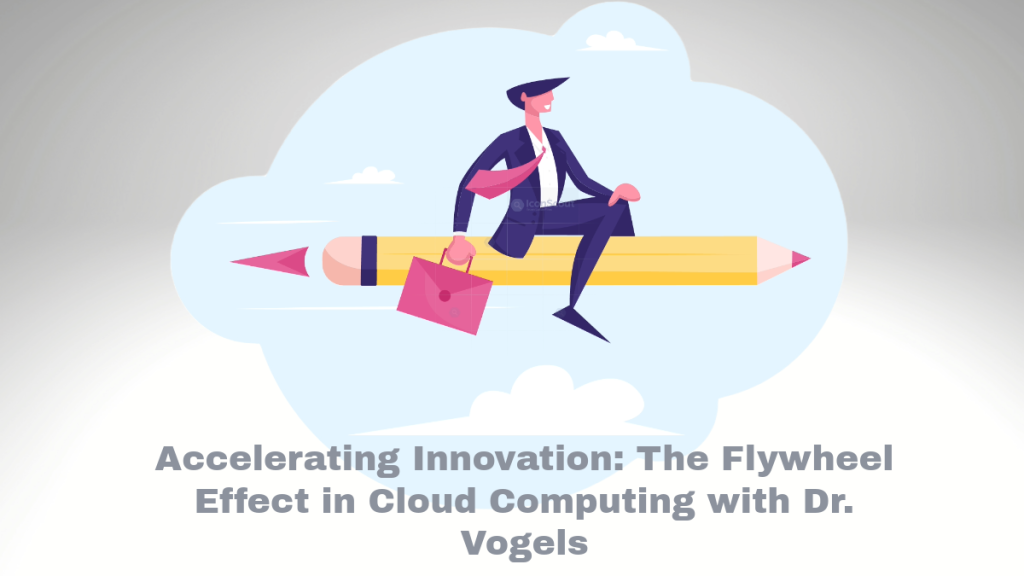Dr. Werner Vogels is the Chief Technology Officer at Amazon.com. He is known for his keynotes and speeches on cloud computing, distributed systems, and Amazon’s technology strategy. As of November 2023, he is doing well and continues to share his insights and experiences in the tech industry.
In a recent keynote, Dr. Vogels discussed the transition from hardware environments to the cloud, emphasizing the benefits of this shift, such as the removal of physical constraints and the ability to build reliable, large-scale systems.
He also highlighted the creativity that was driven by constraints in the past and how removing these constraints in the cloud era has led to significant innovation.
Dr. Vogels shared his experiences at Amazon, particularly during the pre-cloud days, and how the company had to solve problems related to capacity and unexpected traffic surges creatively. He also discussed the impact of the cloud on business innovation and how it has enabled companies to move faster and launch new products.
In his keynote (AWS re:Invent 2023), Dr. Vogels also emphasized the importance of considering cost at every design step and ensuring harmonious business and technology decisions. He emphasized that cost and sustainability should be treated as non-functional requirements like security, compliance, and availability.
Dr. Vogels also shared examples of companies successfully transitioning to the cloud and significantly reducing their costs. He highlighted the importance of architecting the cloud with cost in mind and the role of technologists in building sustainable systems.
In conclusion, Dr. Werner Vogels is actively involved in the tech industry, sharing his insights and experiences and advocating for cost-effective and sustainable cloud architectures.
Revolution in cloud computing
The revolution in cloud computing has brought about significant changes in how businesses operate and innovate. Here are some of the most important and relevant topics around this revolution:
Transition from Hardware to Cloud: The shift from physical hardware to cloud computing has removed many constraints, enabling businesses to build reliable, large-scale systems. This transition has also driven creativity and innovation, allowing businesses to experiment and implement new ideas without physical infrastructure limitations.
Cost and Resource Efficiency: Cloud computing has made understanding and managing costs associated with system architecture easier. In the past, businesses had to make significant upfront investments in hardware based on predicted capacity needs. With cloud computing, businesses only pay for their resources, making it easier to manage costs and scale as needed.
Speed and Innovation: The ability to quickly deploy and scale applications in the cloud has made speed of execution a priority. This has led to remarkable innovations, particularly on platforms like AWS, where businesses can rapidly test and implement new ideas.
Sustainability: As businesses become more conscious of their environmental impact, sustainability has become a key consideration in cloud computing. The resources used in cloud computing can be a good approximation for a company’s carbon footprint, making it an essential factor in building sustainable architectures.
Non-Functional Requirements: Cost and sustainability should be treated as non-functional requirements alongside security, compliance, and availability. This means they should be considered at every step of the design process and balanced against other requirements.
Business Alignment: Technology decisions must align with business decisions. For example, the dimensions on which a business makes revenue should align with the dimensions on which it incurs costs. This alignment can help companies avoid scenarios where costs rise faster than revenues, leading to financial difficulties.
Flywheel Effect: The flywheel effect, where input into a system generates increasing returns over time, can be applied to cloud computing. For example, as more businesses move to the cloud, the increased traffic can attract more sellers, expanding the selection of products and services available, improving the customer experience, and driving further growth.
Technical and Economic Debt: Businesses need to know the potential for technical and economic debt when transitioning to the cloud. This refers to the costs of delaying necessary upgrades or improvements, which can compound over time and become unmanageable if not addressed.
Conclusion
In summary, the revolution in cloud computing has brought about significant changes in how businesses operate, innovate, and consider their environmental impact. Some of the most important and relevant topics around this revolution include:
Transition from Hardware to Cloud: The shift from physical hardware to cloud computing has removed many constraints, enabling businesses to build reliable, large-scale systems and drive creativity and innovation.
Cost and Resource Efficiency: Cloud computing has made it easier to understand and manage costs associated with system architecture, allowing businesses to pay only for the resources they use and scale as needed.
Speed and Innovation: The ability to quickly deploy and scale applications in the cloud has led to remarkable innovations, particularly on platforms like AWS.
Sustainability: As businesses become more conscious of their environmental impact, sustainability has become a key consideration in cloud computing.
Non-Functional Requirements: Cost and sustainability should be treated as non-functional requirements alongside security, compliance, and availability.
Business Alignment: Aligning technology and business decisions is crucial for avoiding scenarios where costs rise faster than revenues.
Flywheel Effect: The flywheel effect can be applied to cloud computing, where input generates increasing returns over time.
Technical and Economic Debt: Businesses need to be aware of the potential for technical and economic debt when transitioning to the cloud, which can compound over time and become unmanageable if not addressed.
By understanding these topics and incorporating them into their strategies, businesses can leverage the benefits of cloud computing to drive innovation, manage costs effectively, and build sustainable architectures.

